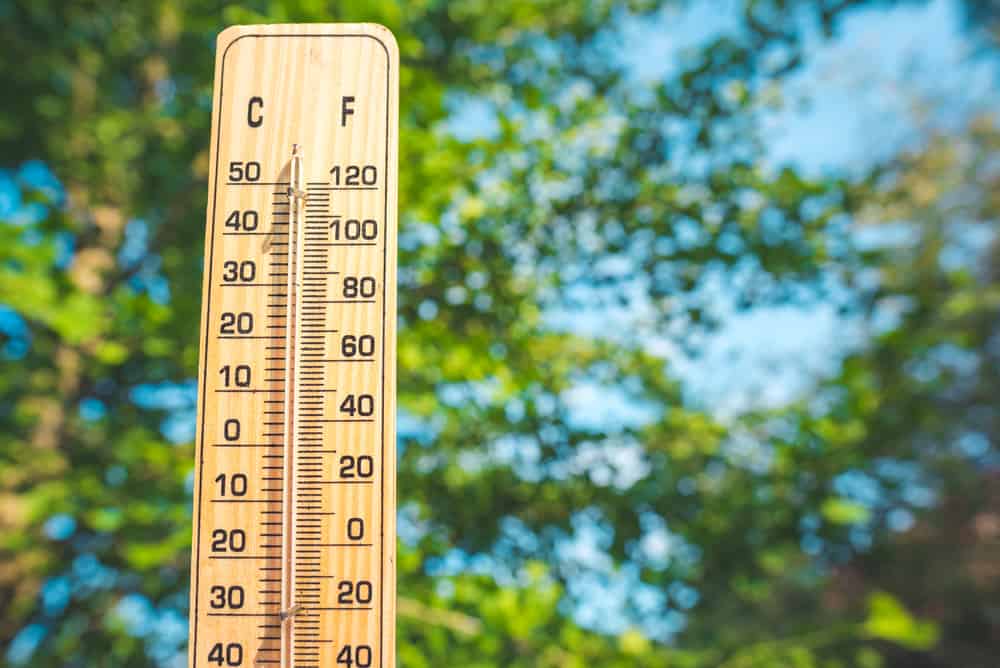Temperature is a fundamental aspect of daily life. 17.9 Santigrat Kac Derece Whether it’s dressing for the weather, cooking, or setting the thermostat, we constantly interact with temperature. One common question that might arise is, “What is 17.9 Celsius in degrees?” The straightforward answer is that 17.9 Celsius is 17.9 degrees on the Celsius (or Centigrade) scale. But what does this temperature really feel like, and how is it measured? This article will break down everything you need to know about 17.9 degrees Celsius.
Understanding Celsius and the Concept of Degrees
To fully grasp what 17.9 degrees Celsius represents, it’s important to first understand the Celsius temperature scale.
- Celsius Scale: This is the most widely used temperature scale in the world, particularly in scientific contexts and most countries outside the United States. The Celsius scale is based on the freezing and boiling points of water:
- 0°C is the freezing point of water.
- 100°C is the boiling point of water.
In between these two reference points, temperature is measured in degrees, which are equal intervals. On this scale, a temperature of 17.9°C is closer to the lower end but comfortably above freezing.
- What is a Degree?: A degree is the unit of measurement for temperature. On the Celsius scale, each degree represents the same temperature difference. So, when we say “17.9 degrees,” we are referring to a specific spot on the scale that is almost 18°C, which is considered mild or slightly cool depending on the context.
What Does 17.9 Degrees Celsius Feel Like?
Now that we know what the number represents, let’s discuss how 17.9°C feels in various contexts:
- Cool to Mild Temperature: At 17.9°C, the weather feels cool but not cold. It’s typically the kind of temperature experienced during early spring or late fall in temperate climates.
- Comfortable for Outdoor Activities: This temperature is ideal for outdoor activities such as walking, running, or biking. It’s not too hot to cause discomfort, nor too cold to require heavy clothing.
- Light Layer Weather: Most people would find 17.9°C comfortable with light layers, such as a long-sleeved shirt or a thin jacket, especially if there’s a breeze.
17.9 Degrees Celsius in Fahrenheit
Many countries, particularly the United States, use the Fahrenheit scale for temperature measurement. To convert Celsius to Fahrenheit, you can use the following formula:
makefileCopy codeFahrenheit = (Celsius * 9/5) + 32
Using this formula, let’s calculate what 17.9°C is in Fahrenheit:
makefileCopy codeFahrenheit = (17.9 * 9/5) + 32
Fahrenheit = 32.22 + 32
Fahrenheit = 64.22°F
Therefore, 17.9°C is approximately 64.22°F. This temperature in Fahrenheit would still be considered cool but mild, perfect for a light jacket or sweater in regions that use the Fahrenheit scale.
Practical Examples of 17.9°C
To give you a better idea of where you might encounter this temperature, here are some practical examples:
- Spring and Fall Weather: In many temperate regions around the world, 17.9°C is common during spring mornings or autumn afternoons. It’s warm enough to enjoy outdoor activities without the need for heavy coats or extreme heat precautions.
- Ideal Indoor Temperature: Many people consider 17.9°C to be within the ideal range for indoor spaces such as homes and offices. While a bit cooler than standard room temperature (around 20°C), it’s still comfortable for most, especially when engaged in physical activities or work.
- Evening Temperatures: In coastal regions or areas with a temperate climate, 17.9°C could be the evening temperature in summer, perfect for sitting outside with a light jacket or hoodie.
The Impact of Humidity and Wind

Temperature alone doesn’t always determine how warm or cold we feel. Other factors, such as humidity and wind, can influence our perception of temperature.
- Humidity: If the humidity is high, 17.9°C might feel warmer because moisture in the air makes it harder for sweat to evaporate, which is the body’s cooling mechanism. Conversely, in dry climates, the temperature may feel cooler.
- Wind Chill: Wind chill can make 17.9°C feel colder, especially if there is a strong breeze. Even a mild temperature can feel quite cool if wind is present, which is why it’s important to consider layering your clothing if you’ll be outdoors in windy conditions.
Celsius vs. Fahrenheit: A Quick Overview
While Celsius is the standard in most countries, the Fahrenheit scale is still used in the United States, its territories, and some Caribbean countries. Understanding the difference between the two can be helpful when traveling or reading international news:
- Celsius: Water freezes at 0°C and boils at 100°C. This scale is used in science and almost all countries around the globe.
- Fahrenheit: Water freezes at 32°F and boils at 212°F. This scale is used in the U.S. and is often seen in weather reports and everyday conversation.
Converting between these two systems can be tricky, but using the formula provided above makes it simple.
How Does 17.9°C Compare to Other Common Temperatures?
To put 17.9°C into perspective, let’s compare it to other familiar temperatures:
- 0°C: Freezing point of water. Cold weather often requires heavier clothing, gloves, and hats.
- 10°C: A cool day, usually requiring a jacket.
- 20°C: Considered “room temperature,” this is when most people feel comfortable indoors without heating or air conditioning.
- 30°C: A hot day in many parts of the world, often requiring light clothing and sun protection.
When you compare 17.9°C to these benchmarks, you can see that it’s on the cooler side but not cold. It’s a temperature that falls between “cool” and “mild,” making it pleasant for a wide range of activities.
Where Would You Encounter 17.9°C?
Depending on where you live, 17.9°C may be a typical day in the following scenarios:
- Northern Europe: Spring or autumn days often feature temperatures around this range.
- Coastal Areas: In places like the Mediterranean or the Pacific Northwest, you might find this temperature in the evenings or during the shoulder seasons.
- Mountainous Regions: At higher altitudes, even in summer, you may encounter temperatures around 17.9°C during the day, particularly in the morning or late afternoon.
Conclusion: 17.9°C in Everyday Life

In conclusion, 17.9°C is a cool but comfortable temperature commonly experienced in spring or fall, depending on your location. While it’s slightly cooler than what is considered “room temperature,” it’s still mild enough for outdoor activities, light layering, and even as an ideal indoor temperature for many people. For those using the Fahrenheit scale, it converts to approximately 64.22°F, still within the cool and comfortable range.
Understanding temperatures like 17.9°C in both Celsius and Fahrenheit can help you better prepare for the day, whether it’s dressing for the weather, setting your thermostat, or just making sense of global temperature reports.
